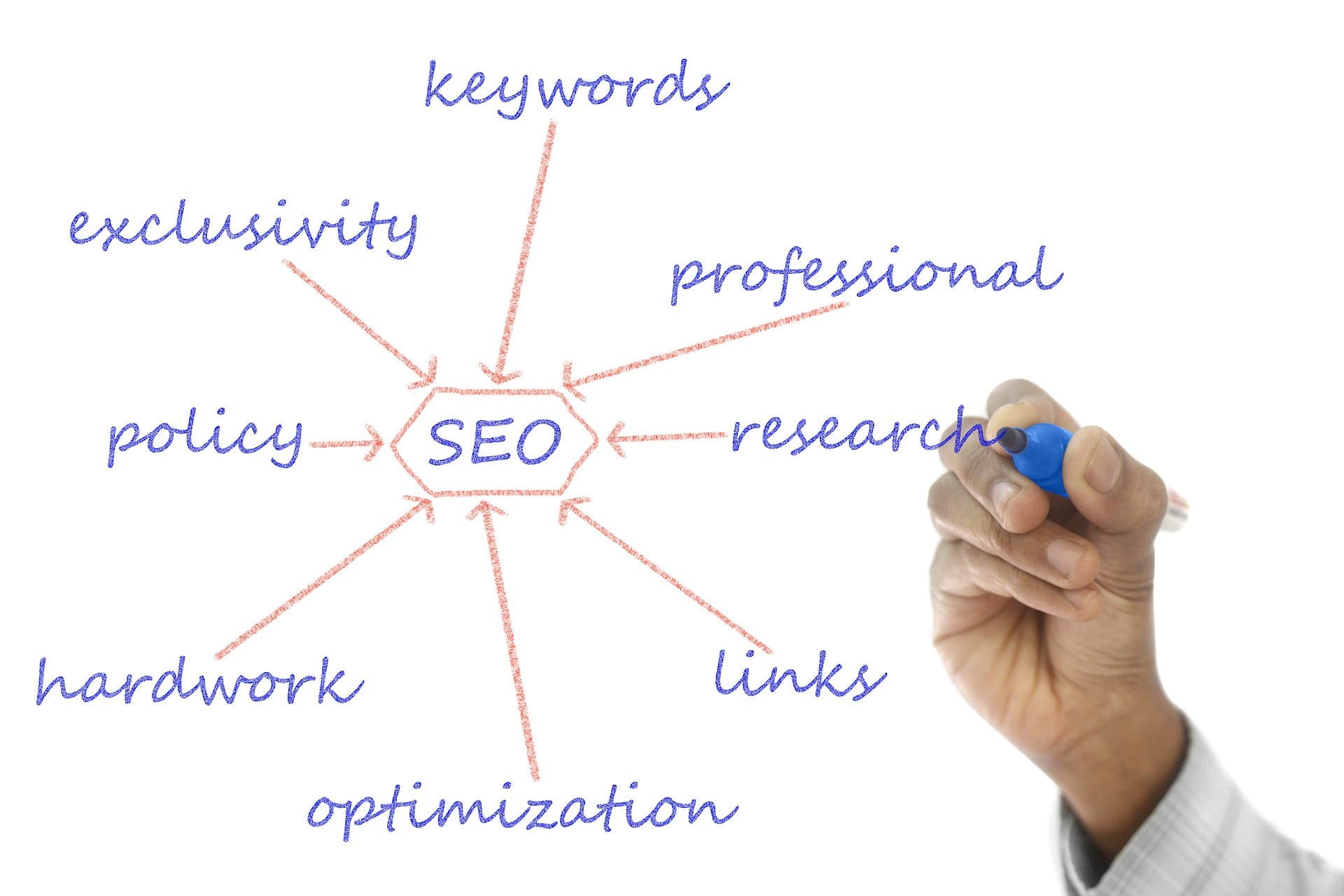Landing page optimization is a crucial aspect of SEO. It can no doubt be intimidating to face content optimization head on because of all the confusing elements that go into page development, but don’t worry. Content optimization is actually one of the simpler SEO features to understand. The problem is that many misguided advice columns teach erroneous optimization principles online, so newcomers are often left in utter confusion about how to design and implement their own optimization process. We will try to clear up in this ‘best practice’ guide on optimizing landing page content for search.

‘Content is king’ remains to be a fundamental rule in SEO. Textual content continues to be among the strongest ranking signals that Google looks into when crawling websites. But a lot of online marketers—including those who have been in the business for many years—still can’t seem to get content right. This is largely because many of them are still stuck in the old ways of generating and publishing content. Nowadays, a keyword infused blog post no longer cuts it as ‘relevant.’ What search engines (and users) look for these days is quality content—something that adds value to their search and answers their queries in the best way possible.
If your current content strategy is geared towards merely pleasing the website owner who wants to see fresh new content and posts published on the daily—regardless of quality—it is high time to rethink your approach. More doesn’t always mean better.
The key is to create content purposefully. When publishing any type of content, it is important to define its goal and purpose. Never publish anything for the sake of just generating content. Always seek to accomplish a big picture, be it ranking on SERPs, earning links, educating your audience, driving social engagement, or generating leads. Whatever you do, never launch content aimlessly. This will only make your site seem spammy—and you may even end up violating best practice guidelines and getting penalized for your actions.
A perfectly optimized page content must include critical elements beginning with targeted keywords. If content is king, keyword is ‘high king’—one who rules over lesser kings (or in SEO terms, over all other website elements). Keywords pretty much dictate the direction toward which optimization campaigns go. When it comes to keyword targeting, ample keyword research is crucial in order to establish the right collection of keywords your business should be targeting.
A short URL is another important component to a well-optimized landing page. Shorter and more readable URLs are favored by search engines, so keep them snappy and include your targeted keyword (as much as possible) in the URL formula. Keywords are ‘high kings’ because optimization revolves around them. Not only should target keywords be present in page URLs—they should likewise be used in your title tags, meta descriptions, and header tags. Target keywords are also best included within the first paragraph or the first hundred words of your page content or copy. SEO experts also advice content creators to use variations of major keywords within the page content. This helps increase the page’s relevance and value in the eyes of search engines.
Videos and images are also excellent ways to boost page rankings because visual elements like these help increase engagement and reduce bounce rates. This helps improve ‘dwell time’ on pages, which is a potential Google ranking factor. Other on-page elements that need your attention include outbound and internal links, semantic keywords, social sharing features, and a mobile-first design layout, all of which contribute to a faster-loading and more engaging page.
Nowadays, search engines favor unique, long-form, relevant, and informational content over merely keyword-stuffed content that don’t mean much to readers. Need help optimizing your landing page with high-quality content? We can do that for you. Contact SEOValley for a consultation.





